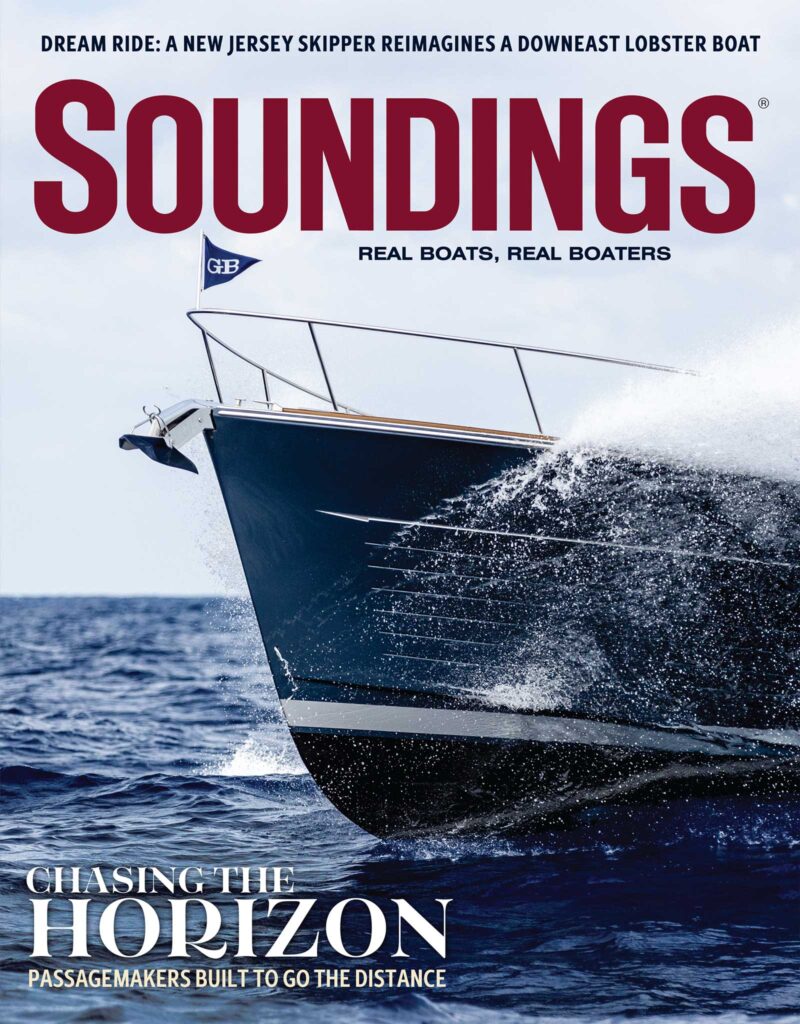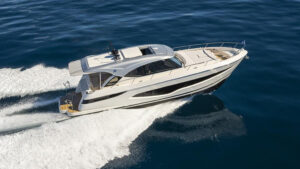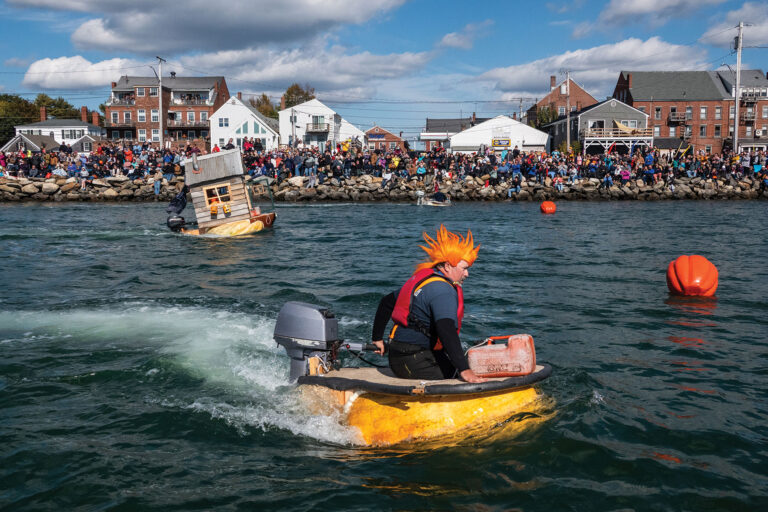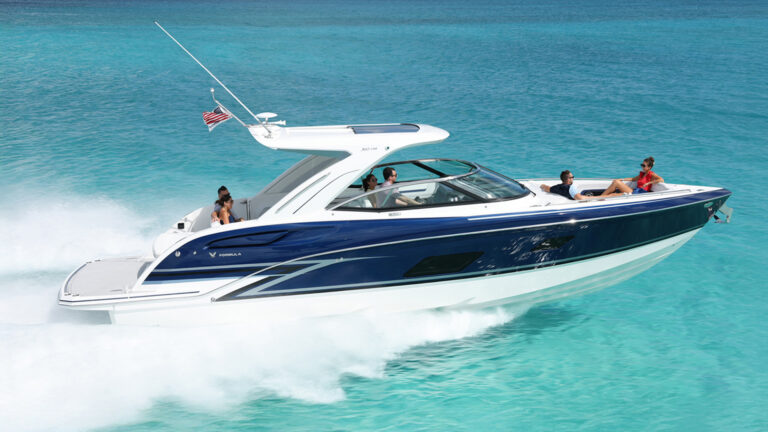Boaters visiting the Bahamas are now paying significantly higher cruising fees. Bahamian government officials unexpectedly rolled out the country’s second major fee increase in two years, and it took effect on July 1. The fees put the Bahamas at or near the top of the list of most expensive Caribbean countries to visit by boat.
Spread over 5,300 square miles with the closest point, Bimini, just 49 nautical miles from Florida, the archipelago of 700 picturesque islands has historically offered an accessible base for fishing and a winter cruising ground for sailors and powerboaters. Social media is expressing angst and betrayal because of the changes. Some boaters are vowing not to return while others say the Bahamas are worth the expense.
“Dismayed” describes Chuck and Heidi Pittman, Colorado residents who spend months each winter sailing in the Bahamas. “To us, besides the political situation, it comes down to dollars and cents,” says Chuck. Five years ago, the couple started a dental health nonprofit, Sailing for Smiles, that teaches Bahamian children about oral health. They raise $10,000 to $12,000 for supplies each year, load their 36-foot Cape Dory in Florida and cross to the islands, visiting 3,000 children annually. The increased cruising permit fees and related expenses will cut into the couple’s ability to reach children who need dental education and supplies. “We could go to the Dominican Republic instead, they’ve been reaching out to us for years, asking us to come there,” says Chuck.
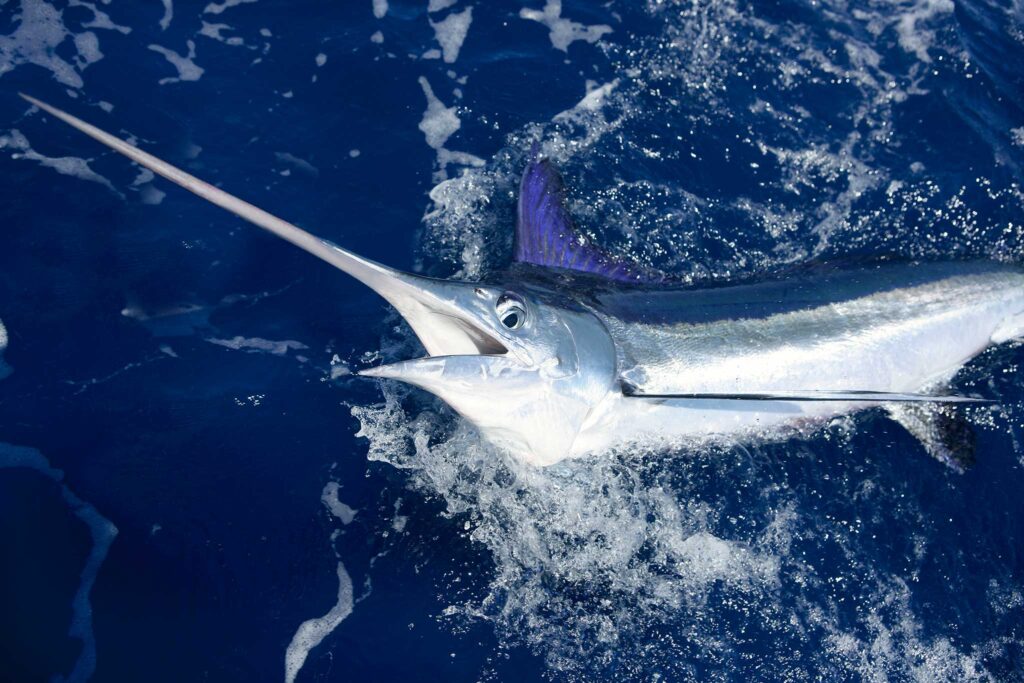
NEW RULES AND FEES
The changes allow one- or two-year cruising permits only—three-month permits are no longer available. Under the new fee structure, permits for boats under 50 feet are $500 per year; boats 50 to 100 feet are $1,000, and boats over 100 feet are $3,000. The temporary, one-year permit allows pleasure craft to enter the Bahamas twice in a 30-day period. Outside of the 30-day window, the regulation says the permits are valid “so long as the vessel remains in the Bahamas,” meaning that those stopping on their way to another destination will have to buy a second one-year permit if they return after a month-long hiatus.
New Frequent Digital Cruising Cards have been created, allowing pleasure boats unlimited entry to the Bahamas for a two-year period. These permits are $1,500 for boats under 50 feet, $2,500 for boats 50 to 100 feet, and $8,000 for boats over 100 feet.
Several miscellaneous fees have been added that previously did not exist. Fishing permits are now required at $100 per month for boats under 50 feet and $300 per month for boats over 50 feet. Anchoring permits of $350 per year are now required for boats 50 to 100 feet that are not in marinas or on moorings; boats under 50 feet pay $200, and boats over 100 feet pay $1,500. A fee for pleasure boat passengers is $30 each for the fourth and subsequent individual over age 3. Tenders over 25 feet are assessed an additional $500 permit fee.
AIS (Automatic Identification System) transmitters are required now on every boat over 50 feet, and the regulation stipulates that the boat’s location must continuously transmit, even when anchored or moored.
The fees are likely to be sticker shock to those who regularly cruise the Bahamas. A 40-foot sailboat with two people aboard that spent several weeks in the Bahamas during the winter of 2025 would have paid a $300 fee for a three-month cruising permit and nothing for fishing or anchoring. Under the new fee structure, the same visit is likely to cost $500 for the minimum (one year) cruising permit, plus $200 for anchoring and $100 per month for fishing, for a total of $1,000.
Hardest hit are the hundreds of small and midsize powerboats that zip over from the U.S. for fishing and frequent brief visits. Before July 1, those with boats under 34 feet paid $150 for a three-month permit. Now, they must buy a year’s permit for $500 and spend another $500 for three months of fishing and an anchor permit. If they take their boats back to the U.S., they must buy another yearlong permit to return if it’s been more than 30 days.
Cruisers Consider Options
The final version of the fee structure was several hundred dollars lower than initial proposals, and some are hoping the Bahamian government will reconsider the fee increases altogether. Previous cruising permit fee hikes in 2023 resulted in a significant decline in visiting boats, says Peter Maury, president of the Association of Bahamas Marinas. “Business has been off 20 to 30 percent. It hurts Bahamians who try to work in this industry,” he says. “We thought we’d have a good summer but [as a result of the fee increases] lots of boats are cancelling trips.”
“Nothing makes sense,” says Addison Chan, author of the Waterway Guide Bahamas Land and Sea. The guide’s companion Facebook page has lit up with arguments alternately decrying and defending the new fees. “I think the cruising fees are ridiculous in the way they have been imposed. It is typical ham-fisted Bahamian policy making and it’s a reflection of the belief that foreigners are rich and therefore fair game,” says Chan. “The previous round of price increases caused a spike in small boat traffic and shorter stays. If one looked only at vessel counts, there was an increase, but the amount of revenue from permits overall underperformed other tourism sectors by a wide margin.”
In 2024, the Bahamas implemented a new visitor permit renewal fee of $200, which requires pleasure boaters to visit an immigration office in person before their initial permit lapses. The visitor’s permits are stamped on passports, usually allowing 90- to 120-day increments. Visitor’s permits are assigned by the Department of Immigration and are not coordinated with the Department of Customs that oversees cruising permits for boats. That means boaters who pay for yearlong cruising permits and plan to stay for several months are required to pay an additional $200 per person for multiple renewals (every 90 to 120 days) up to the eight-month maximum stay for non-residents.
Philip Davis, Bahamian prime minister, said in an address to Parliament during budget deliberations that the budget, including new fees, reflects the needs of the Bahamian people. He called tourism “the cornerstone of the Bahamian economy,” noting that the nation saw 11.2 million visitors arriving by air, cruise ship and pleasure craft in 2024. His vision for the country includes upgrades to the standard of living, including a more reliable power grid, airport and road upgrades, additional vocational training for residents and more self-reliance through initiatives like hydroponic farms.
According to the Bahamas Ministry of Tourism website, 46,880 pleasure boats from the U.S. visited the Bahamas in 2022, representing more than 50 percent of the 92,926 total boater visits that year.
September 2025

